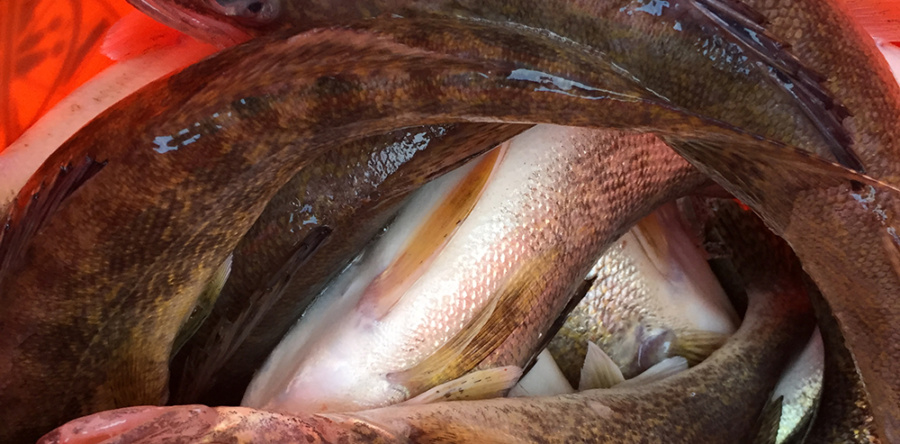The ice mostly has melted off the lakes, and we are ready to start chasing walleyes again. This poses the dilemma of locating the fish and identifying what they’ll strike. We’re working off our past experiences – some good, some great, and some pretty darn dismal. This year don’t get stuck doing something that isn’t working. Just because a technique worked last year doesn’t mean it will this year.
First, work your electronics. Try to mark fish before you start fishing. Hit your top spots and make a couple passes to see what lies beneath. If you mark fish, start fishing! If not, move on.
There are so many options to catch fish, but my tip is: Don’t stick with something that isn’t working. Change it up, whatever that might be. Switch lure colors, try different depths, alter speeds, change location, switch bait types… whatever. But don’t continue a technique that isn’t producing.
Standard tactics for early season success are a jig-and-minnow or live bait rigging. They’re simple, but variable methods that have been productive for decades.
When jig-and-minnow fishing, the most important factor for me is weight. My jig should be as light as possible, but I still want to maintain some bottom contact. In a light bite, lighter jigs are better because it is easier for fish to suck them into their mouths. If they’re bitting short, downsize the jig. You can also hesitate on your hook-set. When you feel a subtle bite, drop the rod tip allowing the fish to take your bait before setting the hook. Have a variety of jig colors available, and swap them out to find what’s producing best.
For live-bait rigging, you have many things you can vary depending on circumstances. Usually I try to fish mostly vertical by dragging a ¼-ounce slip-sinker with about a 3-foot snell in 15 to 20 feet of water with a shiner, fathead, crawler, or leech. These days with so many lakes infested with zebra mussels, we are seeing much clearer water, and this often requires long-lining live bait rigs, especially in shallow areas. If the water is super clear, you may have to move your offering away from the boat in up to 20 feet of water. For clear water I will use an 1/8-ounce slip-sinker and cast my minnow behind the boat as far as possible. You can change the snell length, add a floater, change weight, and adjust your speed to determine what’s working.
There are many other techniques, so don’t get caught up in one method if it isn’t producing fish.
Good luck fishing and stay safe!






